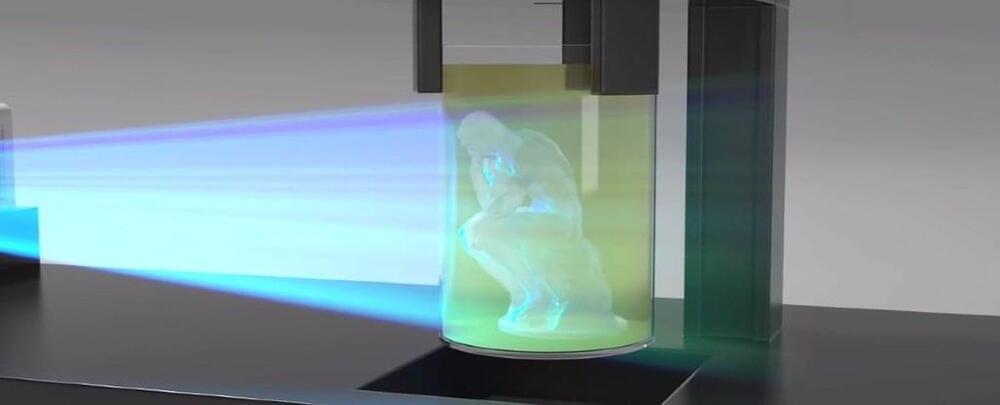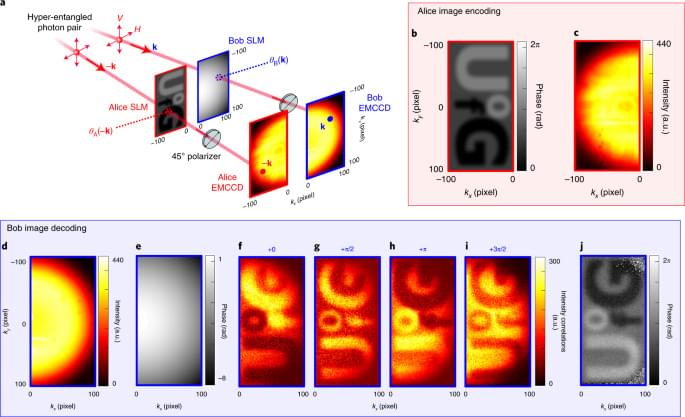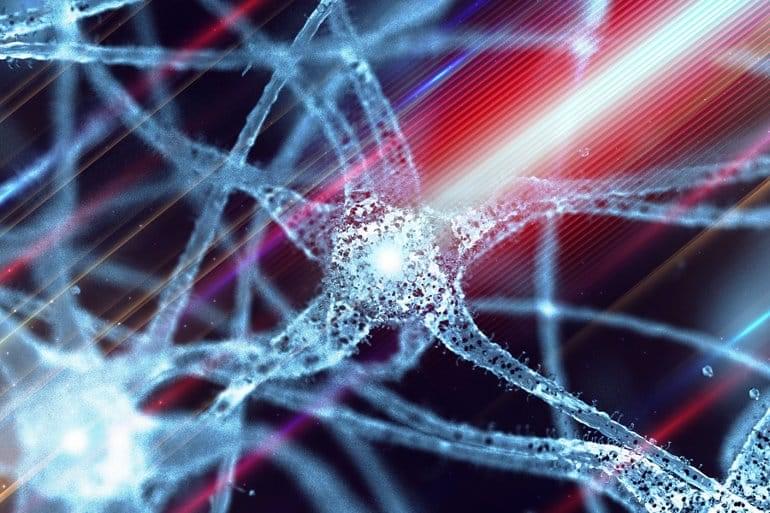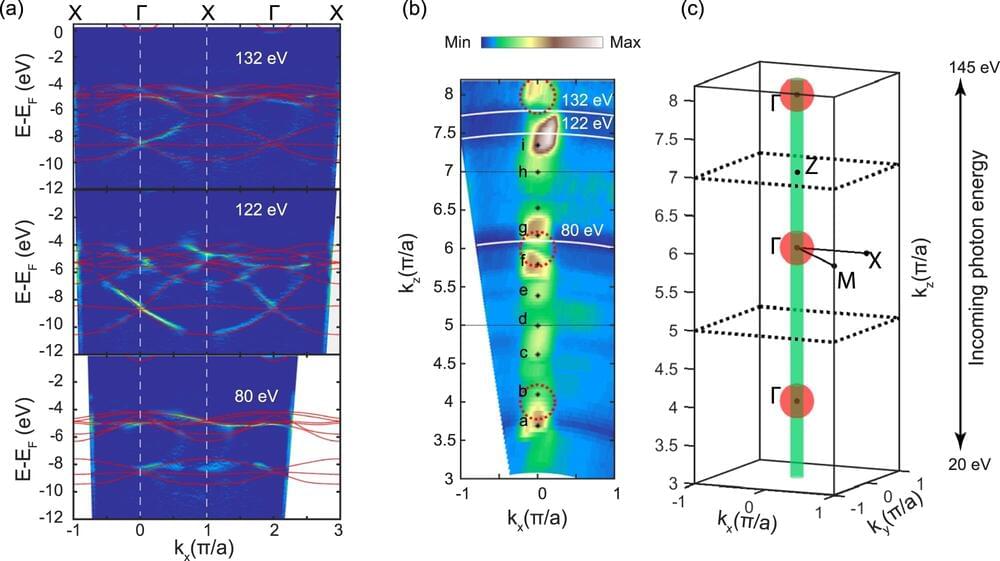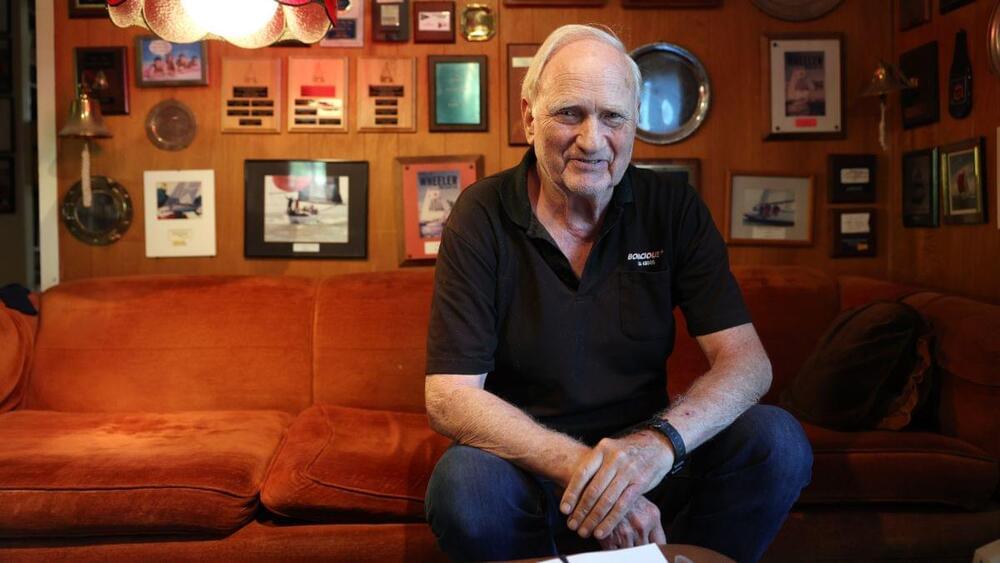
Year 2021 face_with_colon_three
Remember back in the mid-80s, when mass-produced holograms were such a big deal? Since then, they’ve become common on credit cards, currency and other items. Now, thanks to new research, you can actually eat the things.
First of all, why would anyone want an edible hologram? Well, along with simply being used for decorative purposes, they could conceivably also serve to show that a food item hasn’t been tampered with, or to display its name and/or ingredients in a way that proves it isn’t a counterfeit product.
Scientists have already successfully molded edible holograms into chocolate, although only certain types of chocolate worked, and a new mold had to be created for each hologram design. Seeking a more versatile alternative, researchers at the United Arab Emirates’ Khalifa University of Science started out by mixing corn syrup and vanilla with water, then letting the solution dry into a film.
